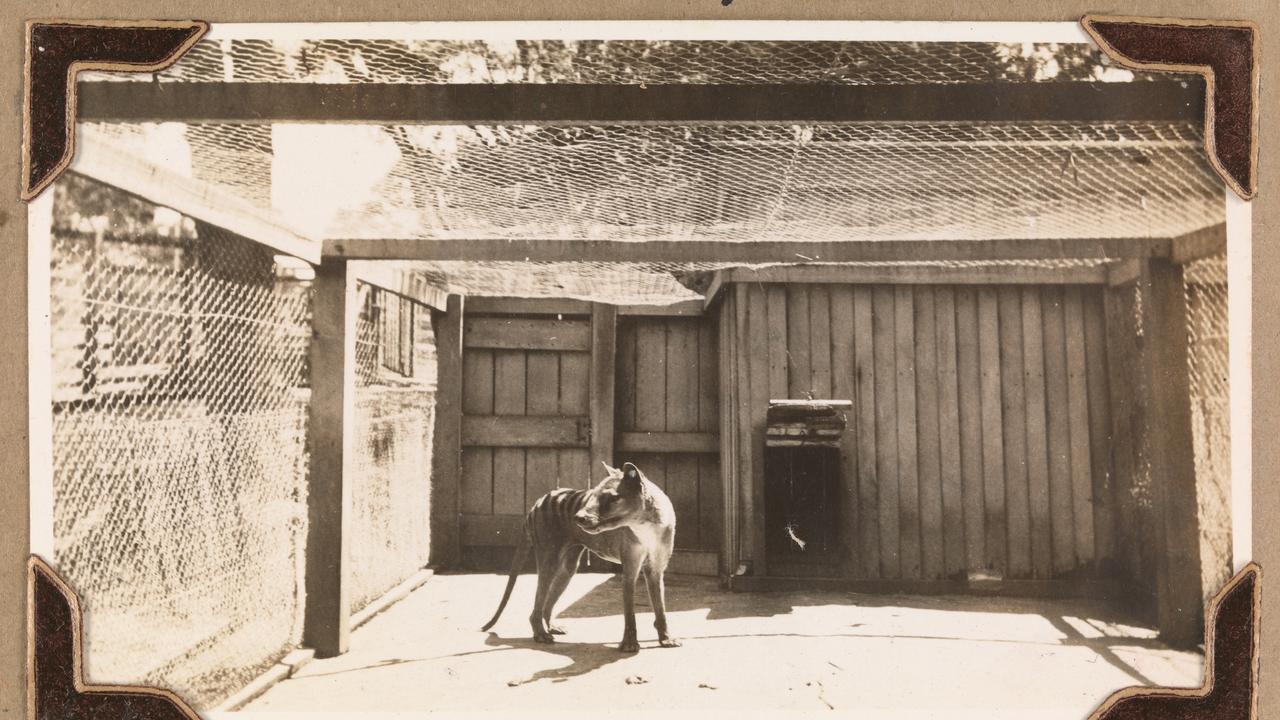New lab at UniMelb will try to bring back the thylacine
Researchers hope to bring back the extinct Tasmanian tiger with a new lab at the University of Melbourne.
The thylacine, or Tasmanian tiger as it is better known, may wander Australia’s lands again. The University of Melbourne is establishing a research lab for reversing extinction and marsupial conservation with a $5 million gift.
The lab will be named the Thylacine Integrated Genetic Restoration Research Lab – TIGRR. TIGRR will develop technologies that could achieve de-extinction of the thylacine.
It will be led by Professor Andrew Pask at the School of Biosciences at the University of Melbourne whose team in 2017 claimed to have sequenced the genome of the thylacine after over a decade of painstaking work.

He says that this lab will conduct research on the genome and perhaps one day, birth the iconic animal.
With this ambitious ultimate goal in mind, the lab will in the immediate future work on marsupial conservation.
“While our ultimate goal is to bring back the thylacine, we will immediately apply our advances to conservation science, particularly our work with stem cells, gene editing and surrogacy, to assist with breeding programs to prevent other marsupials from suffering the same fate as the Tassie tiger.”

The Tasmanian tiger was once the largest marsupial predator and was spread across Australia. At the time of European colonisation, however, the species had become extinct across the continent and was isolated to Tasmania. Thylacines were said to have attacked sheep and other livestock of Europeans and were hunted extensively after a bounty was placed on each head to cull the population.

More Coverage
The last thylacine, Benjamin, died in 1936 in a Hobart zoo.
The donation comes from the Wilson Family Trust. Mr Wilson said that he and his family came across Professor Pask on YouTube.
“We came across Professor Pask’s incredible work, believe it or not, via some YouTube clips on him talking about his research and passion for the thylacine and Australian marsupials.”




